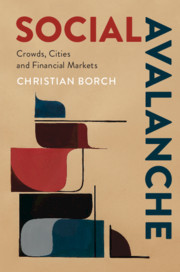2 - Tensional Individuality
Published online by Cambridge University Press: 18 January 2020
Summary
In this chapter, I trace the late-nineteenth-century sociological equivalent to the idea of tensional individuality, demonstrating that this notion formed part of early foundational reflections in the discipline. I do this by reconstructing the considerations of individuality of French sociologist Gabriel Tarde. On the one hand, Tarde promoted an image of the so-called ‘somnambulistic myself’, the notion that the individual is multiplicitous and that every person is constituted through the mimetic influences of others. On the other, Tarde maintained that this somnambulistic constitution of the individual co-exists with an anti-mimetic core: elements that persist despite external mimetic influence. What transpires out of this is, I posit, a conception of tensional individuality – one that, in contrast to the psychotherapy discussions detailed in Chapter 1, is then placed at the centre of early sociological thinking. The chapter identifies its relevance in a broader theoretical landscape stretching from fin-de-siècle philosophy to twentieth-century psychology. The chapter also discusses Tarde’s disputes with Emile Durkheim about the role and nature of sociology. I argue here that the supposed antagonism between Durkheim and Tarde is overblown and that the two found common ground on several important issues.
- Type
- Chapter
- Information
- Social AvalancheCrowds, Cities and Financial Markets, pp. 63 - 107Publisher: Cambridge University PressPrint publication year: 2020

